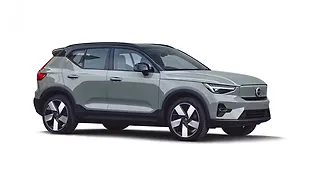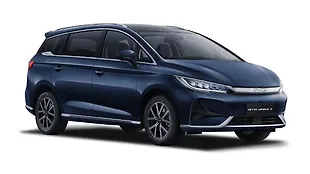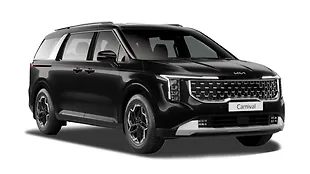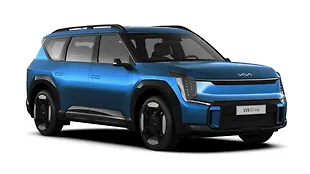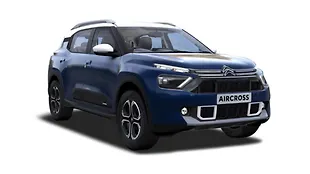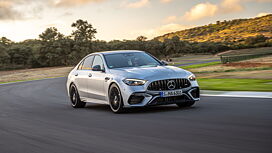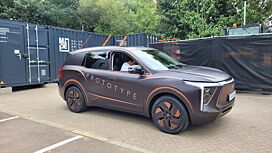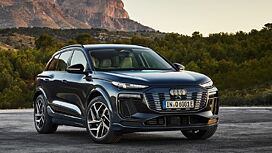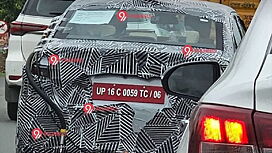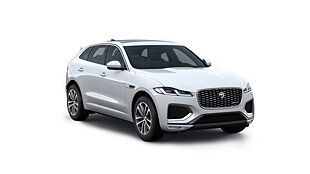What is it?

This is Jaguar’s answer to a growing demand for high riding models a.k.a crossovers and SUVs but with all the special touches to give it that distinct Leaping Cat identity. Launched here in late 2016, it is available in India only as a diesel.

You can have it with a big 3.0-litre V6 heart (which we have previously driven) or a more economical 2.0-litre four-cylinder unit which is what we have driven in this review. It joins a new breed of high riding vehicles aimed at those who want all the practicality of an SUV but with sporty leanings.

On the outside, the F-Pace can be summed up as a XE on stilts with large hints of subtle aggressiveness. The large horseshoe grille is flanked by the sleek head lamps while the side profile comprises a low roofline and flared wheel arches. A defining feature of the F-Pace is that it gets the F-Type’s distinct tail lamps.

Despite the heavy subtleness the F-Pace in motion looks like it is always in a tearing hurry while in a crowd, it manages to stand out thanks to its distinct lines.
How is it on the inside?

Step into the cabin and you are welcomed into a triple shade setup with white for the seats, black for the cabin and a chocolate brown for the dashboard. Like the XE, the F-Pace gets a distinct cowl around the dashboard while one of the major highlights is the rotary gear knob.

Much of it has been picked up from the XE and this includes trims and individual components like the steering wheel and climate control system. The electrically adjustable front seats are comfortable but are low on under-thigh and lumbar support while the second row is realistically good for two occupants thanks to the high transmission tunnel and AC vents.

The touchscreen and instrument cluster while having large displays, lacks the crispness that the Germans offer. However, the touchscreen system gets navigation and an added extra touch, in this smart phone intensive generation, is the three 12-volt sockets. On the safety front you get six airbags, emergency brake assist and stability control as standard with this variant.

In terms of practicality all the door pockets get bottle holders while the glove box, arm rest and centre console storage are quite deep. The rear seats fold down while the otherwise cavernous boot loses out on practicality thanks to the cover for the spare wheel. Finally, the visibility out of the front is excellent and it is easy to judge the edges due to their high positioning.
How does it drive?

This variant of the F-Pace is powered by a 2.0-litre four-cylinder diesel engine producing 177bhp/ 430Nm. This is the first vehicle from the JLR clan to be powered by its new and aluminium-intensive Ingenium family of engines. The Indian market gets this engine with an eight-speed ZF sourced automatic box and all-wheel drive system.

Thumb the starter and once the engine comes to life you are greeted by a muffled clatter which settles in a rhythmic idle. Get off the line and there is a minor lag before the car begins to move forward in a smooth manner. Post 2000rpm, you are greeted by a wave of torque which thanks to the eight-speed gearbox is well spread out over the range. This means you are doing fourth-gear in bumper to bumper traffic while out on the highway you can cruise at 130kmph at around just 1500rpm. However, the small displacement of this engine begins to show beyond the 4000rpm mark and you can feel it struggle towards the top-end of the power band. In Sport mode, the responses from the box are much quicker and it holds the gear till you hit the redline for maximum punch.

The response from the paddle shifters is quite good and makes a good companion for when you are in the mood to do some spirited driving. Our testing shows that this variant of the F-Pace managed to do the 0-100kmph sprint in just 10.33 seconds while the 20-80kmph kick down times are 6.05 seconds and the 40-100kmph time is 7.99 seconds.

Now we have been mentioning that the F-Pace has sporty leanings and this is very visible in the way it handles. Apart from the usual roll that comes with a vehicle of this size and height, it is actually good fun to drive. Tuck into a corner and it darts with a quick turn, thus making it a breeze to enjoy the change in direction. One of the major enhancers of this ability is the quick steering which Jag has fitted to the F-Pace. It responds well to your input and weighs up correctly as you go faster.

On the flipside, having such good handling ability means that the F-Pace rides on the stiffer side. It is not uncomfortable and will glide over most bumps without much fuss. However, for such an expensive vehicle the level of insulation is average and much of the time you can hear the suspension noise when you go over a bump or imperfection. Adding to this is also the fact that you can hear the engine noise, road noise as well tyre noise especially when you drive on a concrete road.
Should I buy one?

Priced at Rs 77.8 lakh (ex-showroom Delhi) this is a more cost effective option to the R-Sport and First Edition variants, but it is still an expensive car when you look at the overall picture. It gets all the features but thanks to the smaller diesel engine, it comes in under a crore. You get all the touches and exclusivity of the Jaguar brand with the F-Pace 20d, but without causing too much of a dent in your large bank balance. Its sporty leanings hint at those who like to get behind the wheel but want to roll in comfort - worthy of the premium price tag that the brand brings.
Where does it fit in?

A few years ago, the desire for an expensive SUV in India left you with very few options. Now with a boom for that body style, manufacturers have seen the potential to offer sporty options for those want to combine the two. Jaguar has said that with the F-Pace, they had their sights set on the Porsche Macan. However, in this price range in India, you can also have the Mercedes-Benz GLS, Audi Q7 and the Volvo XC90.
Photos: Kapil Angane

![Jaguar F-Pace [2016-2021] Driving Jaguar F-Pace [2016-2021] Driving](https://imgd.aeplcdn.com/642x361/cw/ec/29105/Jaguar-FPace-Driving-96790.jpg?v=201711021421&wm=1&q=80)
![Jaguar F-Pace [2016-2021] Rear View Jaguar F-Pace [2016-2021] Rear View](https://imgd.aeplcdn.com/642x361/cw/ec/29105/Jaguar-FPace-Rear-view-96922.jpg?v=201711021421&wm=1&q=80)
![Jaguar F-Pace [2016-2021] Rear View Jaguar F-Pace [2016-2021] Rear View](https://imgd.aeplcdn.com/642x361/cw/ec/29105/Jaguar-FPace-Rear-view-96870.jpg?v=201711021421&wm=1&q=80)
![Jaguar F-Pace [2016-2021] Rear View Jaguar F-Pace [2016-2021] Rear View](https://imgd.aeplcdn.com/642x361/cw/ec/29105/Jaguar-FPace-Rear-view-96812.jpg?v=201711021421&wm=1&q=80)
![Jaguar F-Pace [2016-2021] Left Side View Jaguar F-Pace [2016-2021] Left Side View](https://imgd.aeplcdn.com/642x361/cw/ec/29105/Jaguar-FPace-Left-Side-View-96793.jpg?v=201711021421&wm=1&q=80)
![Jaguar F-Pace [2016-2021] Left Front Three Quarter Jaguar F-Pace [2016-2021] Left Front Three Quarter](https://imgd.aeplcdn.com/642x361/cw/ec/29105/Jaguar-FPace-Left-Front-Three-Quarter-96797.jpg?v=201711021421&wm=1&q=80)
![Jaguar F-Pace [2016-2021] Front View Jaguar F-Pace [2016-2021] Front View](https://imgd.aeplcdn.com/642x361/cw/ec/29105/Jaguar-FPace-Front-view-96809.jpg?v=201711021421&wm=1&q=80)
![Jaguar F-Pace [2016-2021] Interior Jaguar F-Pace [2016-2021] Interior](https://imgd.aeplcdn.com/642x361/cw/ec/29105/Jaguar-FPace-Interior-96918.jpg?v=201711021421&wm=1&q=80)
![Jaguar F-Pace [2016-2021] Image Jaguar F-Pace [2016-2021] Image](https://imgd.aeplcdn.com/272x153/cw/ec/20222/Jaguar-FPace-Right-Front-Three-Quarter-81369.jpg?wm=0&q=80)









